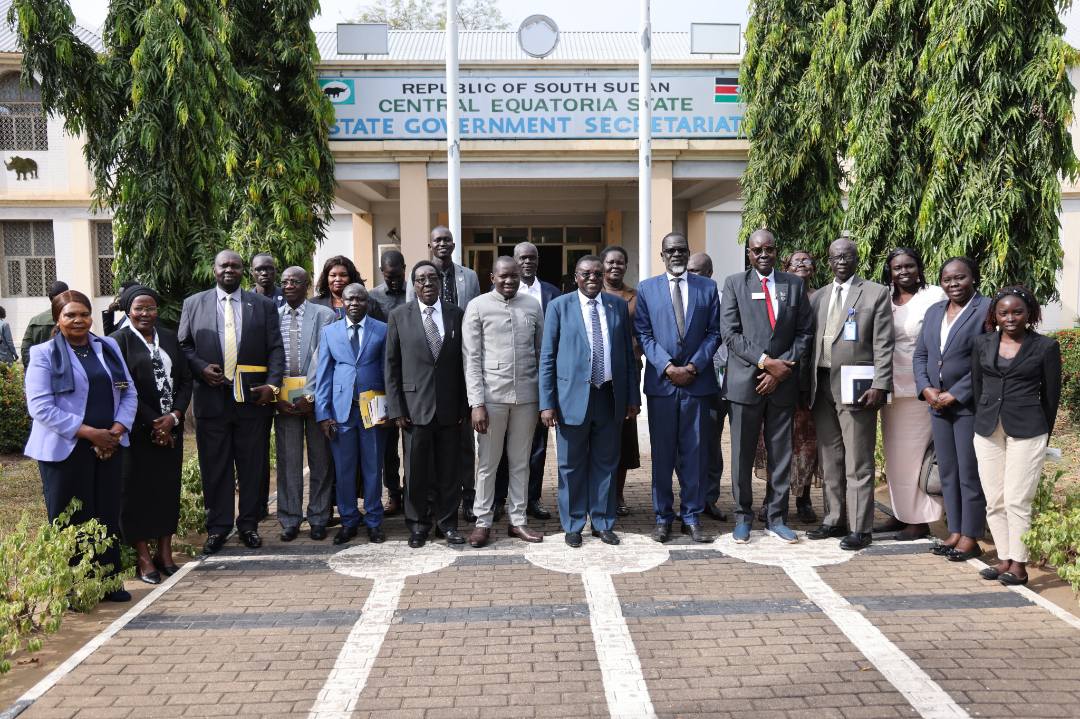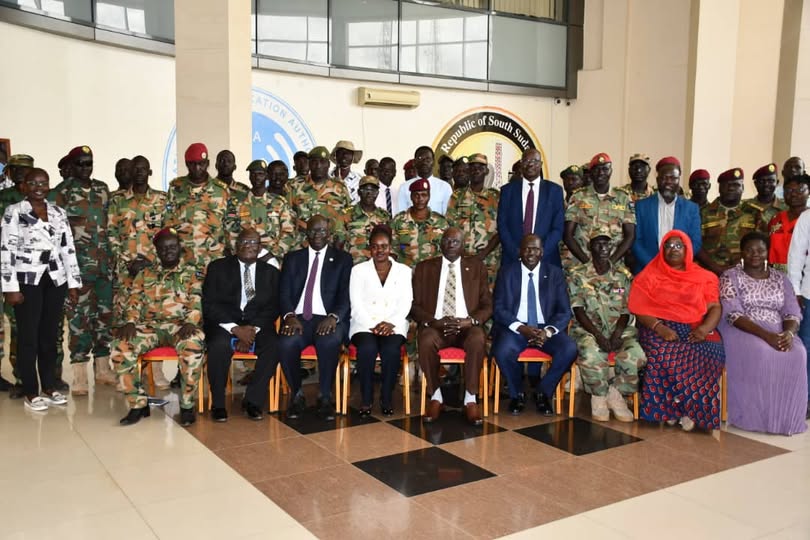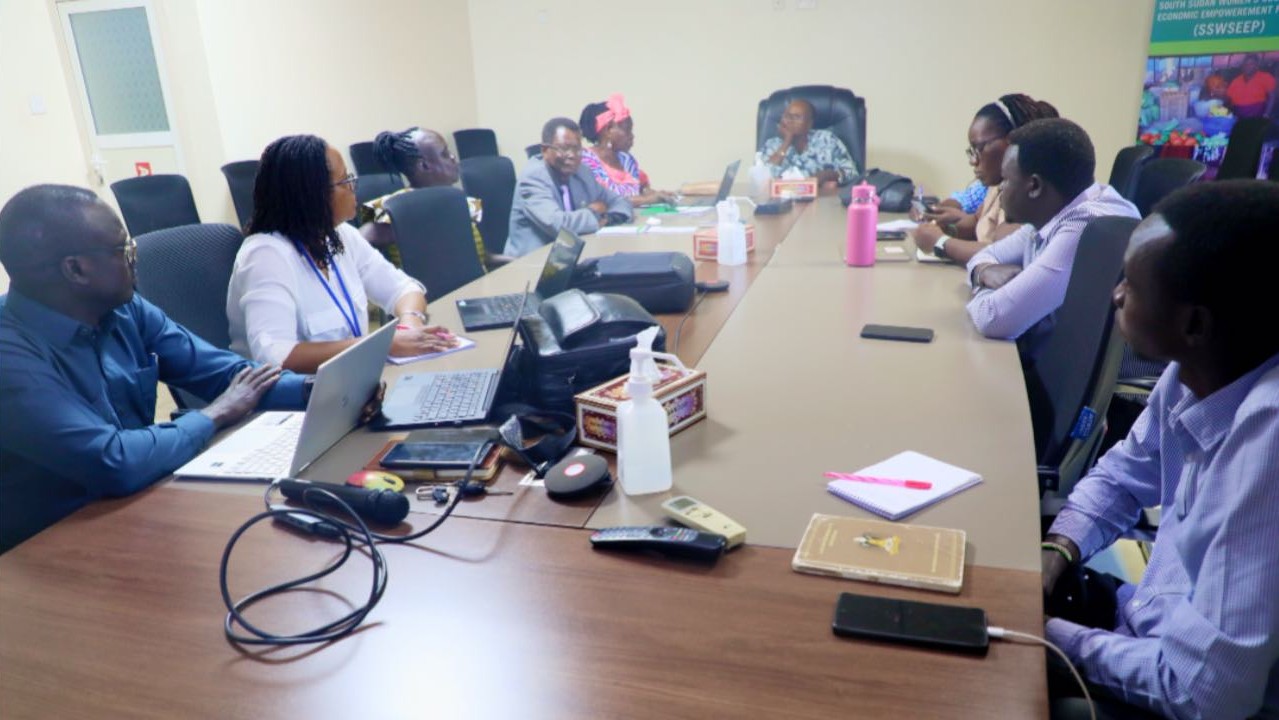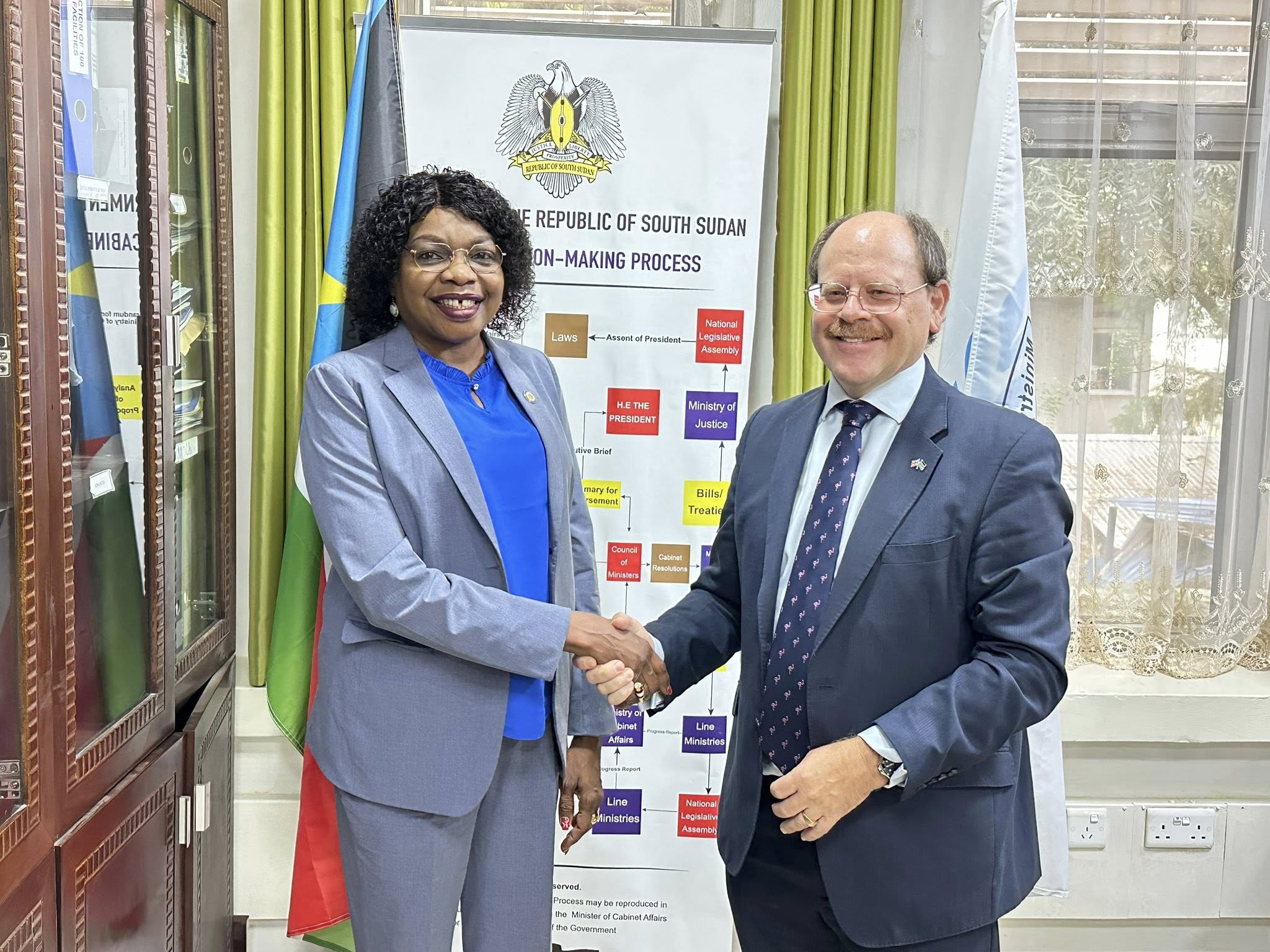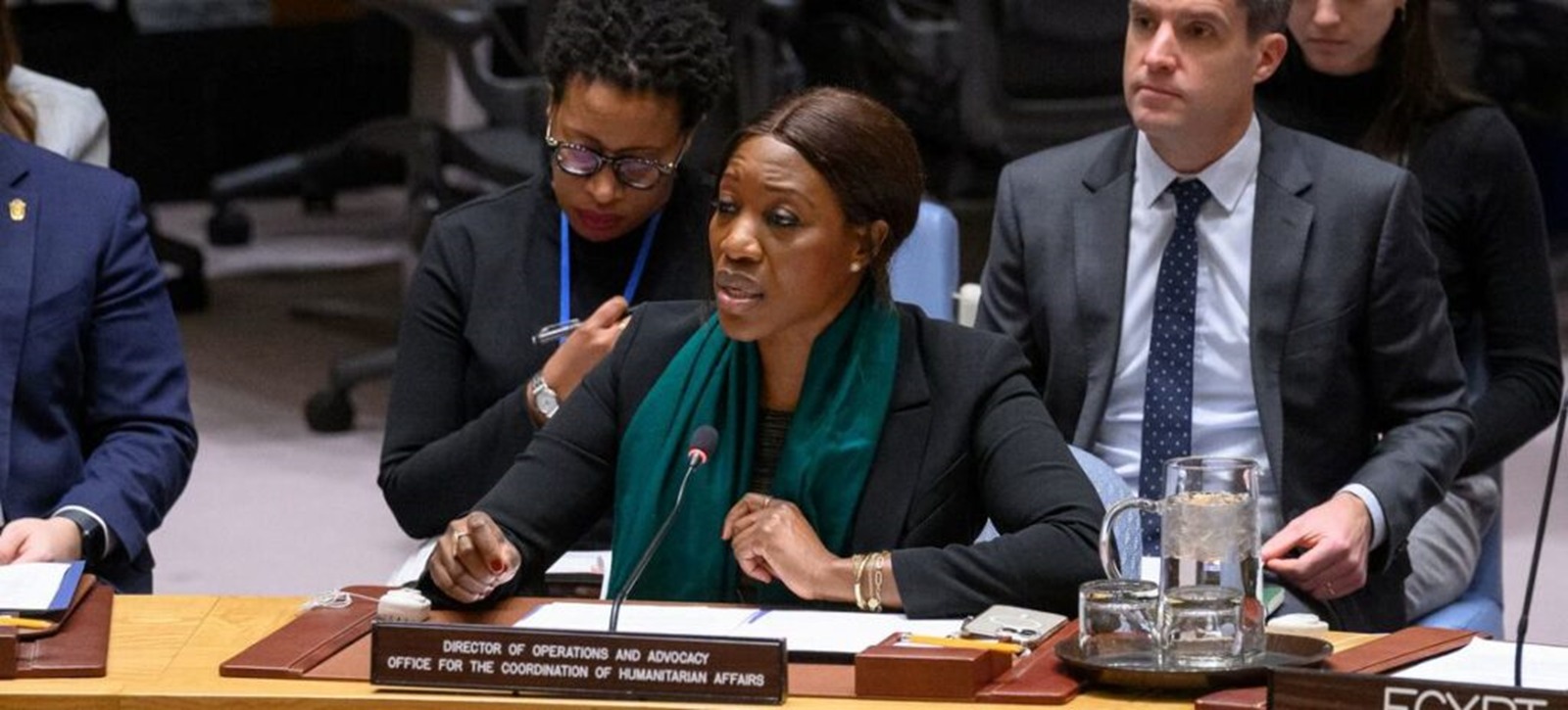
By Emmanuel M. Garjiek
Hunger and starvation in Sudan are spreading as a result of daily decisions to continue the conflict at any cost to civilians, United Nations aid officials told the Security Council on Monday, urging members to push for a ceasefire and the lifting of humanitarian restrictions.
“This is a man-made crisis,” said Edem Wosornu, Director of Operations and Advocacy Division, Office for the Coordination of Humanitarian Affairs, during her briefing to the 15-member body.
The most recent Integrated Food Security Phase Classification (IPC) results are “shocking, but sadly, not surprising,” she added. Famine conditions have been detected in five regions, including the Zamzam, Al Salam, and Abu Shouk internally displaced person camps, as well as the Western Nuba Mountains. The results of the project According to the findings, five additional localities in North Darfur will be impacted between now and May, with 17 other regions at risk of starvation.
More than 11.5 million people have been internally displaced in Sudan since the conflict began in 2023, with more than 3.2 million fleeing to neighboring nations. Humanitarian workers put their lives at danger to carry out their tasks. Just last month, three World Food Programme (WFP) workers were murdered in an air attack on their site in Yabus, Blue Nile State.
Despite the growing threat, there has been some success. On December 25, 2024, a convoy of 28 vehicles arrived in Khartoum carrying food, nutrition supplies, and other aid—the biggest UN convoy to enter the city. capital since the start of the crisis and after several weeks of talks.
However, in some regions of Darfur, humanitarian groups face extra constraints on their activity. New truck inspection processes are causing additional delays, and visas for humanitarian personnel are not being issued quickly enough.
“We need your help to press the parties to comply with international humanitarian law,” she added, advocating for an immediate end of hostilities as well as “real and inclusive” moves toward long-term peace that the Sudanese people “so desperately need”.
All roads and aviation routes through war zones and borders must be available to relief supplies and humanitarian personnel. Funds are also desperately required. The 2025 Sudan Humanitarian Needs and Response Plan will cost a record $4.2 billion to support over 21 million people. An additional $1.8 billion is required to help 5 million people in seven neighboring nations.
Beth Bechdol, Deputy Director-General of the United Nations Food and Agriculture Organization (FAO), who was also presenting the Council, described how famine was declared at the Zamzam camp in Sudan’s North Darfur State in August 2024. “It persists and has expanded,” she cautioned, emphasizing that starvation has extended to neighboring areas of North Darfur and the Western Nuba Mountains.
“The risk of famine and its spread has been on our collective conscience since August, and now it is here, not only with people dying from hunger but also with a breakdown of health systems, livelihoods and social structures,” She went on to say this.
Sustained violence and economic turbulence have disrupted marketplaces and forced essential commodities prices into unaffordable territory. Agriculture supports over two-thirds of the Sudanese people. The loss of essential crops such as sorghum, millet, and wheat represents an economic loss estimated in the billions of dollars.
“We need your political leverage to end hostilities and bring relief to the people of Sudan,” she said, underlining that FAO intends to provide over 14 million people with the seeds, livestock feed, and fishing gear they require to grow healthy food by 2025.
During the subsequent debate, Council members emphasized the importance of an urgent ceasefire in Sudan and encouraged disputing parties to observe international humanitarian law and remove impediments that prevent humanitarian groups from carrying out their lifesaving work.



